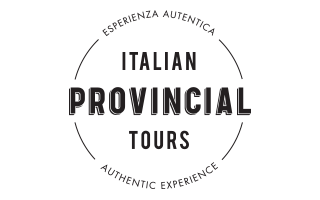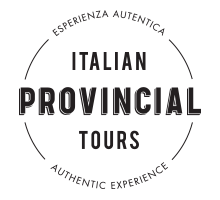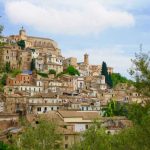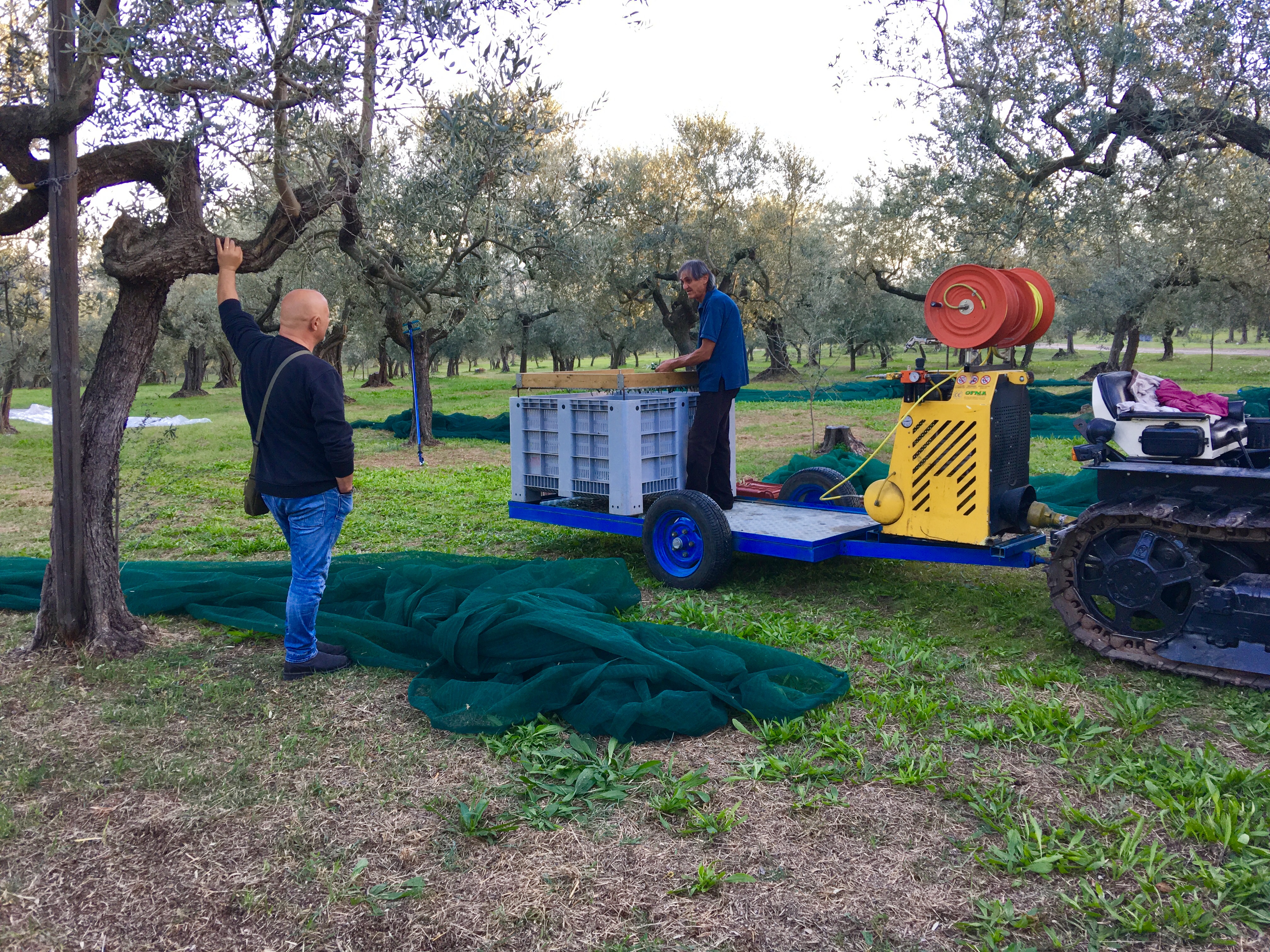
An Afternoon At The Frantoio (olive oil factory)
Loreto Aprutino in Abruzzo, Italy, along with Moscufo and Pianella, form a “Golden Triangle”. It’s an area that is known for producing superb quality wines, but even more so, exceptional extra virgin olive oil.
Late this October, Marco and I spent an afternoon at the Parlione frantoio, where we regularly buy our olive oil, to watch the production in action. Parlione produce olive oil using the traditional method, by crushing the olives with stone mills, laying the paste that the crushed olives make, on woven straw mats, and them pressing them to extract the oil.
Nowadays, there are many arguments about the pros and cons of the traditional method, versus the modern technique. Personally, I love that here in Abruzzo, we have both options, and I know that many locals won’t have their oil pressed any other way but by the traditional method.
The traditional stone mill method, allows us to be able to see the production in action, and even though modern machines are used, there is something romantic about watching the oil drip from the press, and being delightfully overwhelmed by the aromatic perfume of the freshly pressed oil.
So, let’s watch the production in action!
First of all, the nets are spread out beneath the olive trees, ready to catch the falling olives.
Then, a motorised rake is used to comb and shake the olives from the trees. Many owners of smaller groves, use plastic combs and stand on ladders to comb the olives more gently from the trees, by hand. This is a much more delicate technique and less leaves fall on the nets along with the olives. But, because the olives need to be picked at the optimum point of ripeness, combing by hand is too time consuming when you have hundreds of olive trees.
This year (2017) Italy experienced an exceptionally hot and dry summer that resulted in a smaller yield, yet a more concentrated olive oil. This made the branches of the olive trees very brittle and caused a large amount of leaves to fall off the trees along with the olives. Parlione ran the olives though a separating process by hand first, to help reduce the amount of leaves, even before going through the mechanical method of separation.
Next, the olives are put through a machine that sorts the olives from the leaves and debris.
The olives are then crushed by the stone mills (you will see this in the next video) to make a paste. The paste in then applied to woven straw mats that allow the oil to filter through when placed under the press.
The mats are placed inside the press and pressure is applied to extract the oil from the paste.
The end result! Freshly pressed, extra virgin olive oil from the “Golden Triangle” of Abruzzo, Italy.
You can visit the olive groves, frantoio, and taste the extra virgin olive oil of Abruzzo, on tour with Italian Provincial Tours. The Olive Olive pressing season is between October and November annually, and you can visit the frantoio in full swing during this time.
Contact us for information about our food and wine tours of Abruzzo, Italy, that include olive oil tasting, olive oil museums and visiting the working frantoio of Abruzzo.
Written by Katri Pagliaro
Italian Provincial Tours
